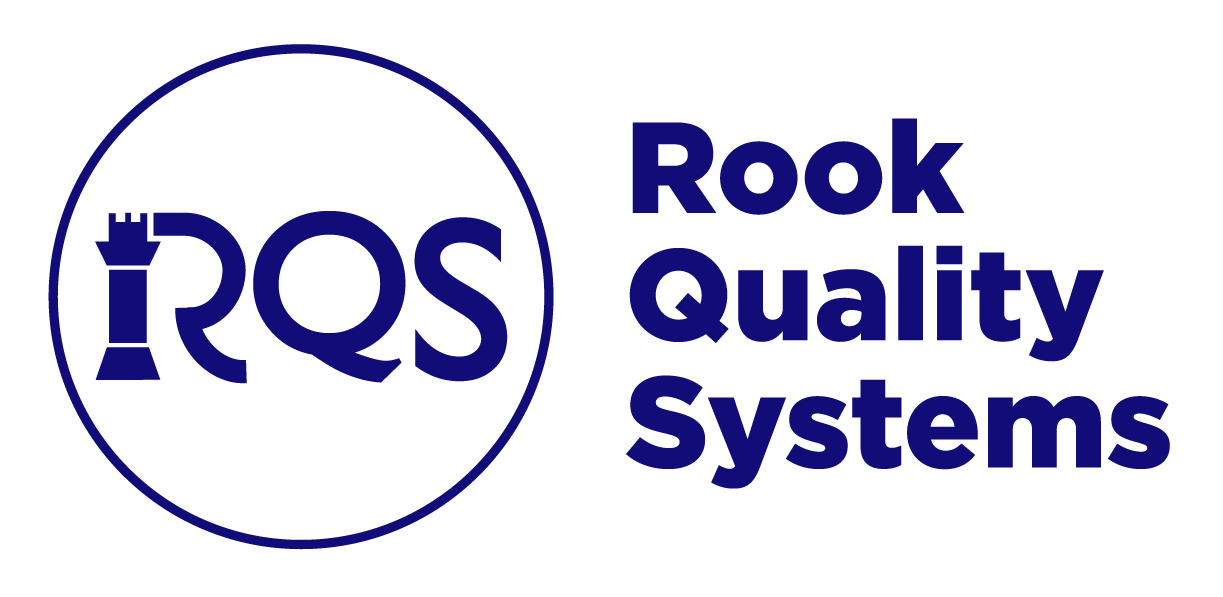What is A Pre-Submission (Pre-Sub)?
A Pre-Submission (Pre-Sub) is a type of Q-Submission used by medical device developers to seek feedback from the FDA on applications such as IDE, PMA, HDE, De Novo, 510(k), and CLIA Waiver. Developers can request written feedback or schedule a meeting with the FDA through Q-Submissions, which are submitted electronically via the CDRH Customer Collaboration Portal.
Learn more about the submission process and how to engage with the FDA effectively below.
Pre-Submission Process
The Pre-Submission process is voluntary, but early interaction with the FDA through Pre-Subs can improve subsequent submissions, shorten review times, and facilitate the development of new devices.
A Pre-Sub allows submitters to obtain FDA feedback before an intended premarket submission, Accessory Classification Request, or CW. It can be used to collect feedback on various future submission types.
Components of a Pre-Submission
Now that we have established what a Pre-Sub is, let’s discuss the components of this submission.
Cover Letter
The first component of the Pre-Submission is the cover letter. This should contain the following information:
- Contact Information: Company name, address, and contact person(s), including title(s), phone number(s), fax number(s), and email address(es). If a correspondent or consultant (like RQS) is submitting on behalf of the company, include contact information for both the company representative(s) and the consultant.
- Q-Submission Type: Indicate that the document is a Pre-Submission and the type (e.g., Pre-Submission to 510(k) or Pre-Submission to PMA). Only one type should be included.
- Method of Feedback: Pre-submissions allow for written feedback only or written feedback followed by a meeting with the FDA. RQS recommends requesting written feedback followed by a meeting for maximum clarity.
- Meeting Information: If requesting a meeting with written feedback, include:
- A draft agenda with topics to be presented and estimated time for each item;
- The meeting format (videoconference, teleconference, or in-person);
- Three or more preferred dates and times for the meeting;
- A list of planned attendees, including their positions and affiliations.
Body of the Submission
The body of the Pre-Submission should include:
- Purpose: The overall purpose and goals of the pre-submission interaction with the FDA.
- Device or Product Description: Explanation of the device’s functions, the scientific concepts behind it, and significant physical and performance characteristics. Include the generic name, proprietary or trade name, and detailed descriptions of any specific parts or processes affecting the device’s safety and effectiveness.
- Proposed Indications for Use or Intended Use: Description of the diseases or conditions the device will address and the intended patient population.
- Regulatory History: Include any prior regulatory communications with the FDA about the device, including previous Q-Submission numbers and summaries of past interactions and feedback.
Contact RQS for detailed guidance on your company’s specific Pre-Submission or Q-submission. We are happy to support you in this endeavor.
For more information, read the FDA guidance.
FDA Response and Meeting
After submitting a Pre-Submission to the FDA, expect one of two feedback options: (1) written feedback or (2) written feedback with a follow-up meeting. RQS highly encourages requesting feedback through a follow-up meeting for every Pre-Submission.
FDA written feedback is provided 70 days after receipt of the Pre-Submission. If a meeting is also requested, feedback is given 70 days after receipt or 5 days before the meeting, whichever is sooner. Be prepared to review the feedback quickly and in detail before the FDA meeting.
Meetings with the FDA are typically virtual (videoconference or teleconference), but in-person meetings may be available upon request. Inform the lead reviewer or meeting coordinator of any audiovisual equipment needs. Meetings are usually limited to one hour; if more time is needed, provide a rationale to the FDA.
The submitter is responsible for drafting meeting minutes and submitting them to the FDA as an amendment to the Pre-Submission within 15 days. Meeting minutes should accurately reflect the discussion. If the FDA has no edits, the minutes are considered final; if edits are needed, the FDA will provide a revised version within 30 days.
All meetings are subject to disclosure review pursuant to the Freedom of Information Act (FOIA). Meeting minutes and materials may be disclosed unless classified as commercially confidential or trade secret.
For a detailed walkthrough of your specific Pre-Submission or Q-Submission to the FDA, look to Rook! Our team of experienced quality engineers and certified auditors is dedicated to making this process seamless and efficient for your organization.
